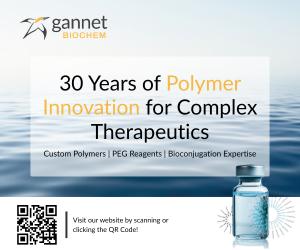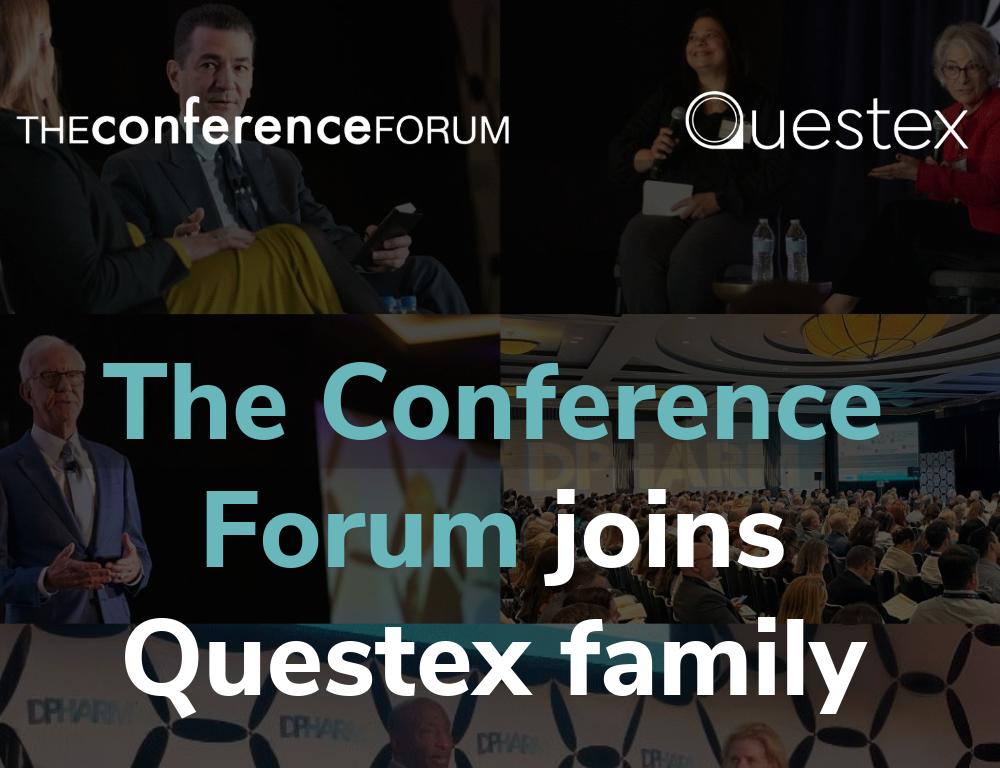
What is Genentech’s approach to partnership and licensing?
As part of Roche Corporate Business Development, Genentech has developed a collaborative and fit-for-purpose approach to partnerships and licensing in order to advance innovation and deliver transformative medicines to patients. Our partnering activities are focused on complementing our broad, diverse portfolio and augmenting our own capabilities to discover and develop therapies more effectively. We also pursue deals that could bring us into new areas where we can have a significant impact on patients. Overall, approximately half of Roche and Genentech’s pipeline and marketed medicines result from successful collaborations with companies around the world.
With respect to drug delivery collaborations, Genentech seeks to work with partners that have developed unique delivery solutions that support our priority therapeutic area needs, specifically within oncology, immunology, neuroscience, ophthalmology, and cardiovascular, renal and metabolic diseases. We’re typically looking to address a specific delivery challenge, rather than searching for a one-size-fits-all solution.
What drug delivery technologies are you excited about?
There have been incredible advancements in drug delivery solutions over the last decade, but there are still many unmet needs. Key areas of focus for Genentech and Roche include crossing the blood-brain barrier, developing programmable cell therapies and enabling organ- or cell-specific delivery of therapeutic payloads.
Internally, I’m very excited about the potential of Roche’s Brainshuttle™ technology to facilitate the transport of biologic therapeutics across the blood-brain barrier (BBB). The platform was demonstrated to be safe and highly flexible, enabling broad usability across various neurodegenerative diseases, starting with a lead program for Alzheimer’s disease. Within the industry, I’m excited to see how nanoparticle manufacturers leverage AI to rapidly develop new delivery constructs and then quickly assess those in vivo through an iterative process.
How can companies better approach patient-centric development?
As a former Human Factors Engineer, I believe it’s essential to incorporate the patient perspective early on in development. This can be done by analyzing the patient journey, conducting surveys and designing studies to gather feedback throughout product development. If pharma is your primary customer, I’d recommend engaging with them early as they often have a deep understanding of patient needs and product commercialization requirements.
"It’s essential to incorporate the patient perspective early on in development. This can be done by analyzing the patient journey, conducting surveys and designing studies to gather feedback throughout product development."
How do you analyze potential partners?
At Roche, we learn about companies and new technologies through a variety of channels, such as conferences, literature reviews, web searches and company outreach. We then have a series of non-confidential and confidential technical discussions to better understand the company’s platform and determine if there is a strategic fit.
Genentech and Roche consider themselves to be companies of innovators, and we’re always looking to collaborate with companies that are pushing scientific boundaries and developing cutting-edge technologies.
For drug delivery partnerships, we’re interested in working with companies that have demonstrated efficacy with specific payloads, such as mRNAs and ASOs, in relevant tissue or cell types for our areas of interest. Data in humans or higher-order animals, like non-human primates, is ideal, but if that level of validation isn’t available, we look for partners that have a tunable library that shows meaningful activity in our tissues of interest, along with a robust process for rapid, iterative in vivo testing.
How can drug delivery companies best partner with pharma?
Companies can best partner with pharma by engaging early to understand strategic priorities and key challenges, then generating robust data that addresses those needs and de-risks the technology. Given how crowded the drug delivery space is, strong patent protection is essential for differentiation.
Timing also plays a critical role — pharma’s needs evolve continually, so it’s important to build relationships and engage consistently to stay top of mind when we revisit the landscape. We appreciate when partners that we’ve built a meaningful relationship with reach out to provide major platform updates, such as new tissue-specific data or outputs of an IP analysis.
How often do you want data updates from these companies?
It should be meaningful data, ideally that Genentech or another pharma company has previously requested. Repeated outreach without substantial updates can quickly sour an existing relationship.
Updates are most impactful when shared with someone that you have a pre-existing relationship with, by for example, connecting in-person at a conference. Cold outreaches are unlikely to garner the same attention, especially if the data isn’t on strategy for that company.
"Data in humans or higher-order animals, like non-human primates, is ideal, but if that level of validation isn’t available, we look for partners that have a tunable library that shows meaningful activity in our tissues of interest, along with a robust process for rapid, iterative in vivo testing."
How can companies set themselves up in their initial interactions?
Be attentive to the strategic needs of a potential partner and try to anticipate questions they may ask. Before the meeting, assess who will be in the room and tailor your pitch to the backgrounds of those individuals. For example, if you’re connecting with scientists that have strong technical expertise in your target indication, minimize discussion of market size and unmet need, and instead focus on how your technology differentiates from competitors. Additionally, ensure you have generated sufficient data to de-risk the technology prior to engaging with the pharma company. In a crowded field like delivery, first impressions matter and sharing the right data at the right time is critical.
How do the backgrounds of potential partners factor into partnership decisions?
The team is just as critical as the technology. Often, we engage in licensing agreements, which requires close collaboration with the parties to achieve a shared goal. As we evaluate a technology, we’re equally assessing the expertise, collaborative mindset, and experience of the partner. How a company engages during diligence often reflects how they will behave in a partnership, so we pay close attention to those dynamics throughout the deal process.
Are there any recent successful partnerships you can speak to?
We executed a collaboration with GenEdit early last year to develop hydrophilic nanoparticles to generate medicines for autoimmune disorders. We had been chatting with the company for several years, so once we had organizational alignment on a particular need and conducted abroad landscape to evaluate players in that area against our target delivery criteria, GenEdit rose to the top. We had collaborative, transparent discussions throughout the deal process, which have continued throughout our ongoing collaboration.
"It’s important that both parties openly share their strategic goals, technical limitations, and expectations for the partnership. Discovering critical issues—such as safety concerns, financial constraints, or IP risks—late in the process can significantly delay or derail discussions and may have a lasting impact on the collaboration dynamics."
Where are the common failure points in partnerships and how can they be pre-empted?
From a technical perspective, there are many potential failure points that need to be thought through at the beginning of the collaboration, given the goal of addressing complex, unresolved delivery challenges. To minimize risk, we prefer to begin with a pilot or feasibility study to better understand the technology before entering into a full collaboration. We value transparency and openness during diligence, since, at the end of the day, both parties are trying to develop solutions for patients.
From a relational perspective, it’s important that both parties openly share their strategic goals, technical limitations, and expectations for the partnership. Discovering critical issues—such as safety concerns, financial constraints, or IP risks—late in the process can significantly delay or derail discussions and may have a lasting impact on the collaboration dynamics.
How does pharmacoeconomics impact partnering decisions?
Uncertainty in the current financial and political macroenvironment is a factor in collaboration discussions. If we decide to move forward with a partnership, it’s critical that the partner has the human and financial resources to fully execute the agreed-upon work, which may necessitate additional assurances in the agreement. We appreciate when partners approach these discussions with openness and a solutions-oriented mindset to ensure both parties are protected and positioned to continue the work successfully.
Speakers








